Forget Trump’s ‘Riviera’. This is how Gaza will actually be rebuilt
The logistics of rebuilding Gaza are complex — and will take years, perhaps even decades, experts tell Holly Baxter


For the first four years of his life, William Asfour lived in Gaza, near the Israeli border in Khan Younis, a region his family has called home for generations. Surrounded by aunts, uncles, and cousins, his childhood was filled with sun-drenched days at the beach, lively market strolls, and hours spent outdoors with neighbors and relatives. His earliest memories are set within the walls of his grandfather’s house — a place that still feels like home in his heart, even after two decades in America.
Asfour’s parents moved the family to the U.S. following the unrest of the second intifada in 2000, when he was kindergarten age. After the uprising, everything had changed. “I couldn’t go outside. I couldn’t play,” he recalls. “We had to be locked in our houses all day, every day. There [were] tanks literally outside of our homes. You would hear gunshots, you would see the missiles in the sky.” He spent the rest of his childhood in Chicago, and he dreamed of visiting his grandfather’s house again as an adult.
In September 2023, it seemed like the optimum time to realize that dream. Things had been stable in Gaza for a while, and Asfour — who was by then 26 years old — began working out the logistics of crossing the border in Egypt en route to Khan Younis. He imagined either September or December would be the best time to take the trip. He started making tentative plans.
He was still working on those plans when October 7th happened.
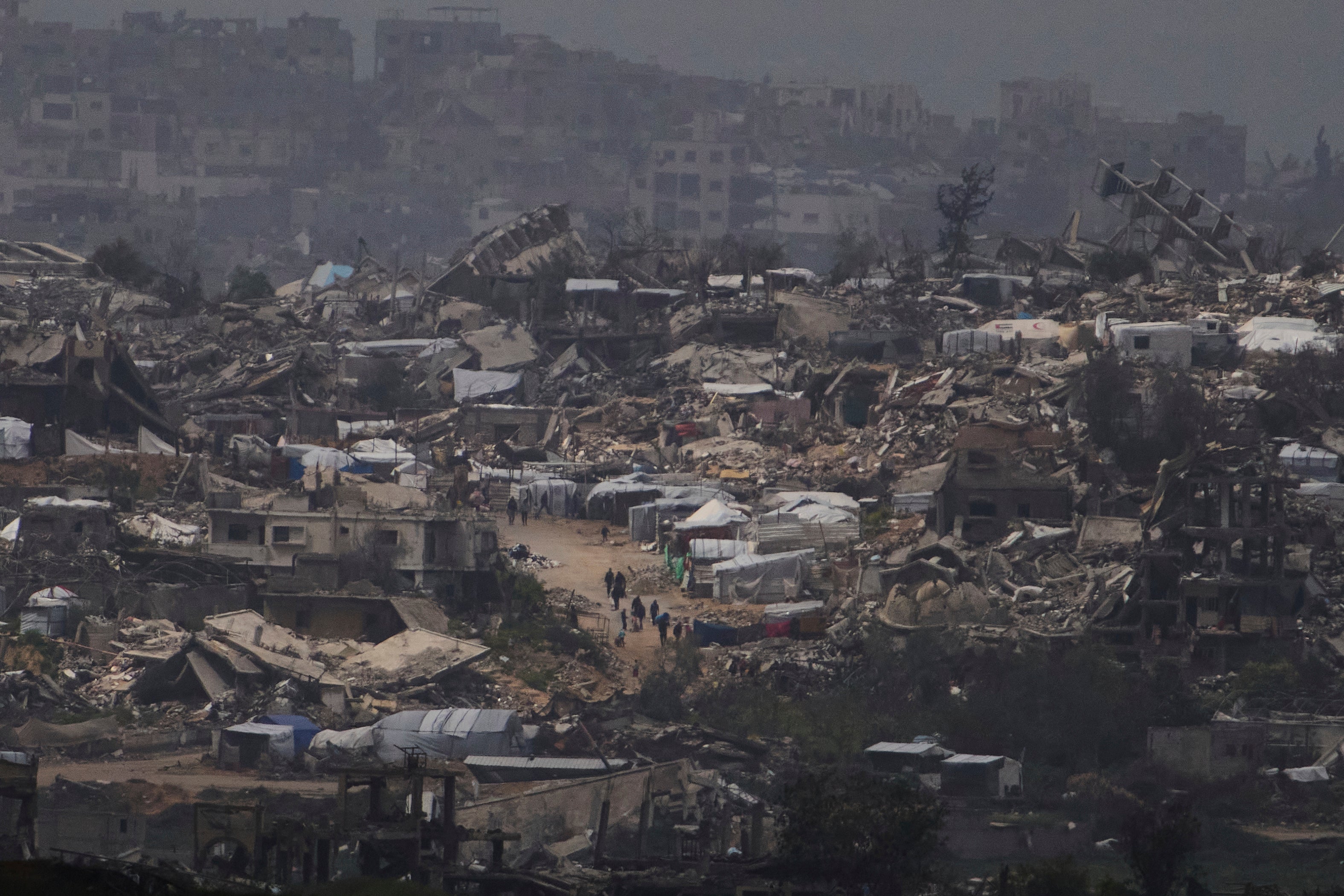
Now, Khan Younis lies in ruins. All the houses of Asfour’s early memories are gone, reduced to rubble in a town that lost more than 90 percent of its buildings to Israeli bombardment. Asfour will never get to visit the houses he ran through as a toddler, will never wander through the streets he played games in with his cousins. And there are numerous members of his family he will never get to meet again, either. His uncle — a father of five, who was working as a doctor during the war — was killed in an airstrike. His mother’s cousin lost six of his children, as well as his wife and his father. That cousin has just one child left, a daughter who was gravely injured by shrapnel. “It’s like: How do you go on from this?” says Asfour. “You see this constant cycle of pain and pain and pain.”
Rebuilding Gaza, Asfour knows, will take “many years.” But he’s adamant that the strip’s residents are better off living amid a building site for a decade than never being allowed to return.
The infrastructure situation in Gaza, however, is grave. According to Yale Environment360, the official publication of Yale’s School of the Environment, the war in Gaza has resulted in “water supplies contaminated, raw sewage pouring into the Mediterranean, once-fertile soils ruined, and the land stripped of trees.” Destroyed buildings replete with asbestos and other chemical contaminants, and likely mixed in rubble with unexploded bombs, have wreaked havoc on the ecosystem and contaminated groundwater. Soil that was once fertile is now at risk of “permanent desertification.” The Wadi River — which before the war had just been recognized as Palestine’s only nature reserve and where the U.N. was working to restore its ecology and reduce pollution — is now a dumping ground and an open sewer. Without refuse collection, huge piles of trash are being burned in the streets.
The amount of trees that have disappeared is particularly concerning to environmental experts. At least 80 percent of Gaza’s trees were lost during the 15 months of war, according to satellite imagery — most destroyed in bombings, but more now being chopped down and used for firewood as people struggle to survive through cold nights. Without trees, air and water quality continues to decline, and the land could struggle to ever recover. Meanwhile, the shells of buildings that are left are unstable and littered with debris — just under 90 percent of schools have been destroyed, and more than 90 percent of residential units. This is an unrecognizable landscape.
When John*, a senior U.N. diplomat in New York, heard what Donald Trump had said about Gaza in mid-February, he put his head in his hands. After a short meeting with Israeli prime minister Benjamin Netanyahu, Trump had gone in front of the press to tell them that the U.S. would now “own” Gaza, displace all its citizens, and turn it into a Middle East Riviera. Over the next couple weeks, he would reiterate that claim numerous times.
The outcry from many sections of the world was swift; the United Nations campus in Manhattan was stunned into a bemused silence. The first thing John felt, however, was not anger or shock. It was the sting of personal failure.
John — who spoke on condition of anonymity, as he is not officially authorized to speak on the issue — has worked in a number of conflict zones across the world. He has attended numerous meetings between states that are sworn enemies, most of which are held in small rooms with a handful of people rather than in the showy, large arenas that some might expect. Sometimes, those states come to resolutions that stick. Each time anyone got close to a resolution on Gaza, however, a veto would come, or an argument would break out.
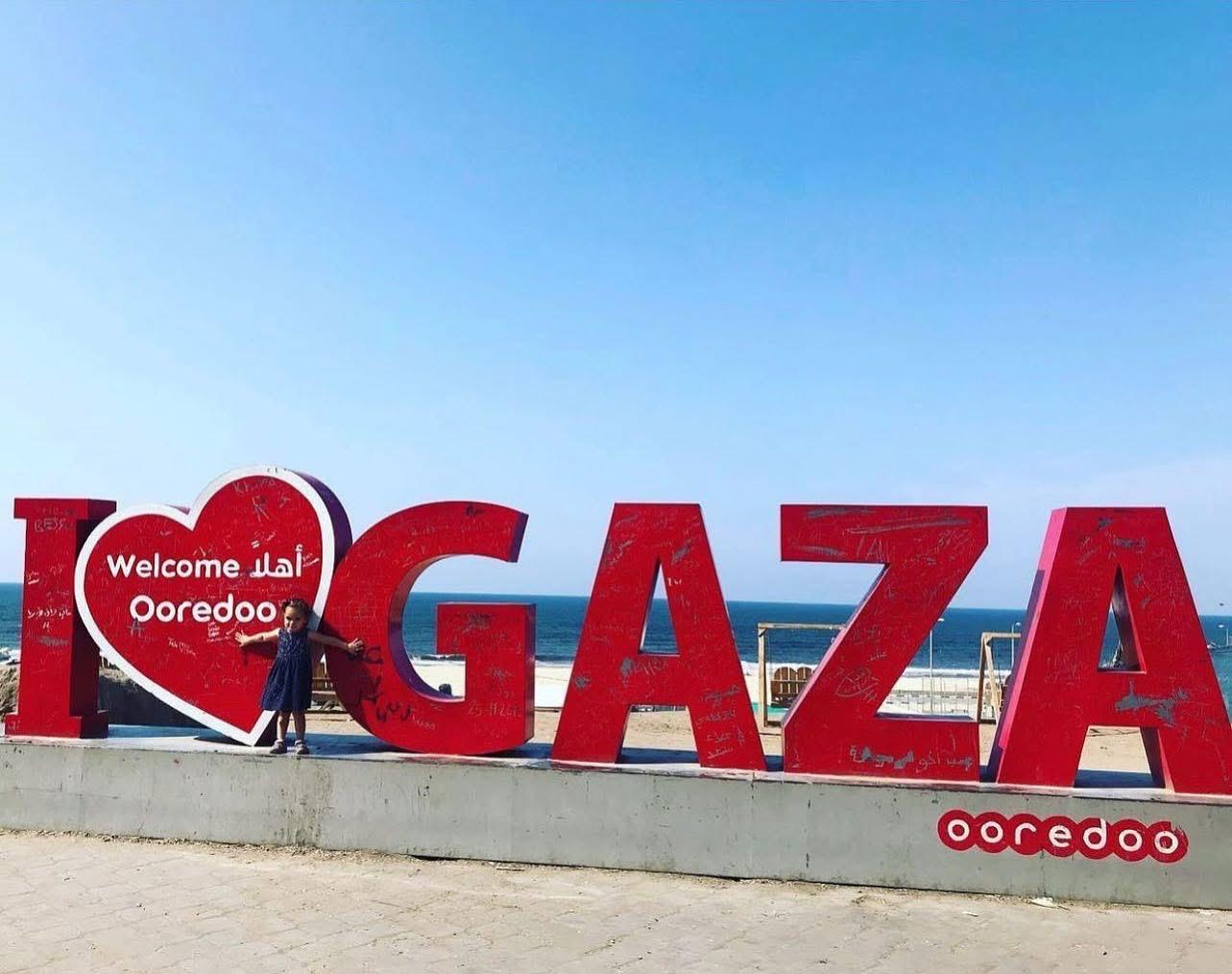
“As an institution, I thought we should have been able to work this out,” says John. But as he watched deals get stymied again and again, he realized that everything he’d believed about the United Nations when he first joined was wrong.
What happened? Though John is not a fan of Donald Trump, he says Trump had a point when he talked about the U.S. paying much more into the United Nations fund than others. So long as the U.S. is the biggest financial contributor, issues will always lean in their favor. And that means little to no progress on issues like Gaza, for two main reasons.
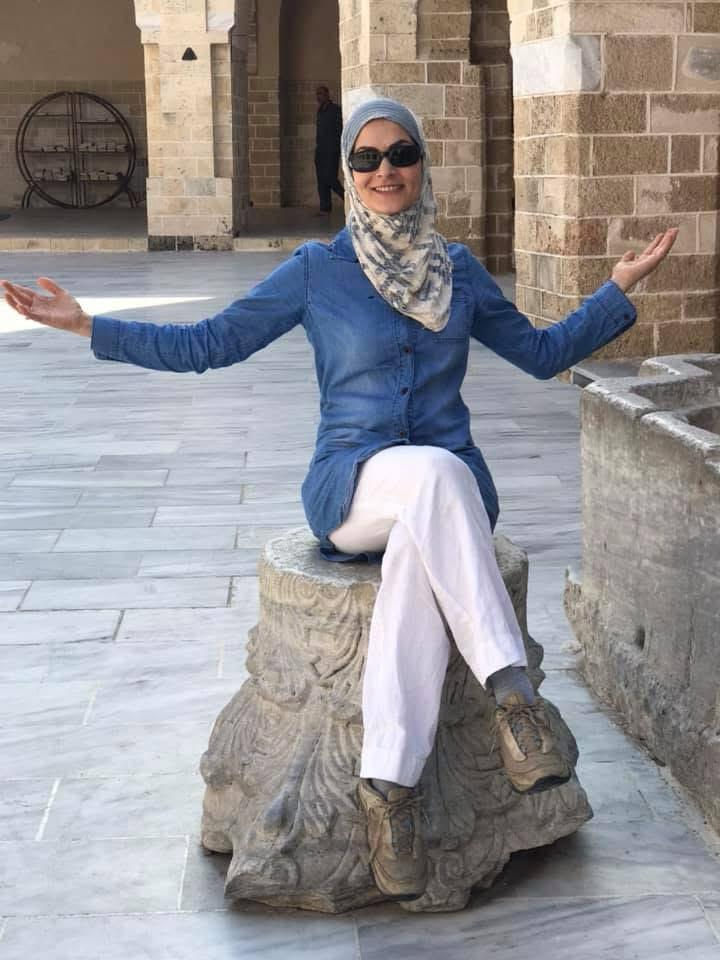
Firstly, the U.S. holds a unilateral veto in the U.N., meaning they can kibosh any deal, even if numerous other member states sign on to it (Palestine is a non-member observer state, with the same status as the Vatican.) The same is true of the other countries who comprise the Permanent Five — China, France, Russia and the U.K. — “all of whom have played their part” in preventing progress over the years, John adds.
Secondly, the American and Israeli governments have both shifted toward far-right populism, meaning that the diplomats they send are often concerned more with grandstanding and speechifying than they are with the nuanced back-and-forth of diplomatic debate behind the scenes. To solve an issue after war, “you have to sit down at a table with someone you really, really don’t like. You have to break bread with people you’d rather kill,” says John. In 2025, there is less willingness to do that over Gaza than ever before — at least among the states that can actually do something about it.
John told me in February that he believed Saudi Arabia, Qatar, Egypt, and Russia had all decided amongst themselves about what they want the future of the Gaza Strip to look like. “The US has already played its hand,” he adds. “They want Mar-Gaza-Lago.” Russia or the Arab states will be next, he predicted.
In early March, that’s exactly what happened. Arab states led by Egypt released a plan that agreed with figures from a joint UN-EU-World Bank report stating it will cost $53 billion to rebuild Gaza. The 100-page plan detailed how Gaza could be built back up by 2030, if a six-month period of rubble removal is started immediately, followed by two years of building up basic housing and facilities, and then another two-and-a-half years of adding to those. It envisions Palestinian Authority control of the strip at the end of this ambitious process, and doesn’t go into detail about who will provide this huge amount of funding, though it’s presumed richer Gulf states like Saudi Arabia will step in. The plan has already been rejected by the White House.
John was unsurprised by these developments. He’s not even entirely sure that the plan was meant to be enacted, as opposed to simply being a gesture of goodwill. Because so many countries are now focused on short-term political victories at home, “it’s actually in several of the actors’ best interests not to” allow any progress, John says. A costly rebuild that will probably take generations to complete — 2030 is simply not a realistic timeline, he adds — isn’t going to tempt that many states, even if they feel compelled to publicly express that they want to see a future for Gaza.

The U.N. has been working in the background in response to a number of Trump’s claims. Whether the president can actually displace Palestinians, decide that the U.S. owns Gaza, and build his promised “Riviera” is still up in the air. Because the U.S. is just one of a handful of countries that pays large sums of money into the U.N. fund — which goes directly to U.N. staffers’ salaries and U.N. aid distribution after natural disasters, among other things — most diplomats are likely to turn a blind eye. Effectively, it’s either work out a way to agree to what Trump says with minimal damage to the international order, or risk the financial destruction of the U.N. and ultimately cease to exist as an organization at all.
“The toolkit we’ve had [at the U.N.] since World War Two hasn’t been updated,” says John. Utopian-ideal systems that imagined fascism was gone forever and believed in global dialogue are still in place, and they are woefully inadequate for today’s world, where the far right is so emboldened. “When that war ended, nobody was really thinking countries would be the bad actors any more.” The tools that were designed off the back of that assumption “guarantee inertia” in the modern world, adds John, “and that’s exactly what they’re doing now.”
“By the way,” he adds, “even if the entire world agreed on Trump’s plan for a Middle East Riviera, the logistics of rebuilding that area are so complex that if they got to work tomorrow, they’d be cutting the ribbon in a couple of decades.”
Mikhail Chester, a professor at Arizona State University, urban geography specialist and director of the Metis Center for Infrastructure and Sustainable Engineering, agrees that the timeline on rebuilding Gaza is much longer than the public might think.
Gaza “still is to some extent an active war zone,” he says. “You’ve got military conflict, you’ve got different foreign nations vying for authority in the region that you have to negotiate between. You obviously have local governance, so to speak, right? So… multiple layers of governance that have to interact and build consensus… Putting a pipe in the ground is one thing — that generally is the easy part. Building that consensus to put the pipe in the ground is going to be the wicked and complex part of this problem.”
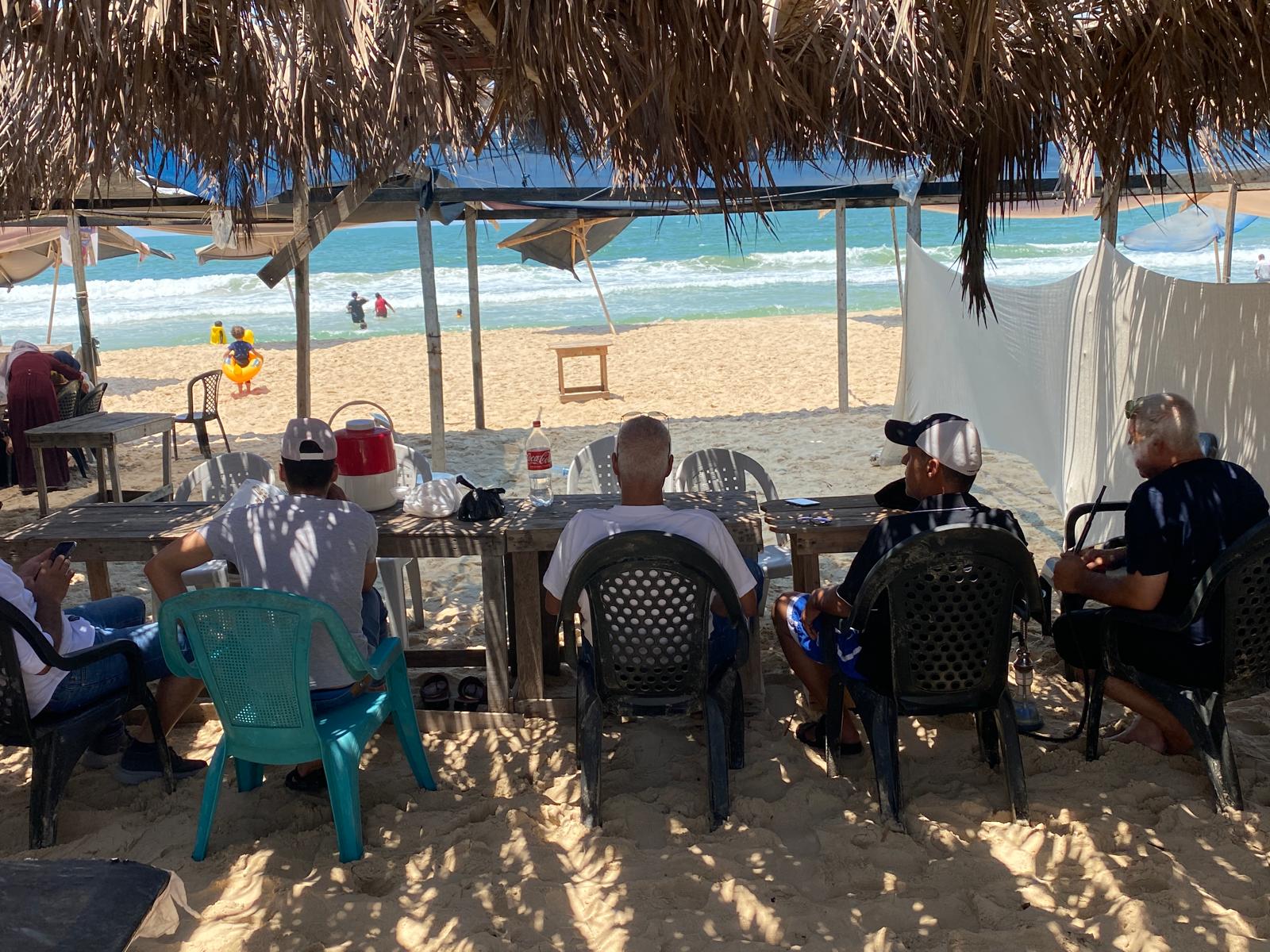
But even the “pipes in the ground” part is tricky. Engineers and architects working on rebuilding Gaza will first have to assess what state the existing infrastructure is in, which might mean doing more demolition, not less: “You can’t turn on the water treatment plant if it isn’t functional, and let the water vent open into bombed-out pipes in the road,” says Chester. And even if the water system and all the pipes were fully functioning and could simply be turned back on, that still wouldn’t solve a lot of problems, because energy systems are interdependent: “So it’s not as simple as ‘which would you bring online first?’ My answer might be electricity, because electricity gives you access to lots of different human capabilities — air conditioning, refrigeration, machinery, things like that to build stuff… But in many ways, you don’t have electricity without water. You don’t have water without electricity. You don’t have transportation fuel without electricity… You actually have to bring these systems online in a somewhat concurrent manner in order to make sure that you can bring any of them online in the first place.”
Sometimes, looking at a much less complex example helps to convey the magnitude of the problem. Cities like Tuscaloosa in Alabama, Greenburg in Kansas or San Francisco in California have all seen sudden destruction due to natural disasters and had to put together plans to quickly rebuild. Tuscaloosa saw 12.5 percent of its buildings destroyed and thousands of people displaced in just six minutes during a tornado in 2011. Rebuilding took years, and required a complex process of community planning, rubble clearance and red-tape navigation. Federal funds were applied for and then delayed; meetings were held where tens of thousands of people wanted to have their say. Construction — on a recreation ground and replacement residential buildings — didn’t begin for over a year.
In Gaza, so much more needs to be rebuilt, and so much more consensus needs to be worked towards. People on the ground have to be committed to working together and, ideally, familiar with each other and the environment they’re building in. “It can’t just be that somebody is like: ‘All right, you’ve got the job of bringing the power system back online. Go do it, and let me know when you’re done’,” says Chester. “That’s not going to work. That group is going to have to be in coordination with the teams that are bringing the other services back online. Because if I can’t get a pipe out to the water treatment plant because the road is destroyed, well, I’ve got to repair that road first.” Various countries might want to try and dictate where roads are built, while engineers from the region will have the best idea of where they should go logistically. Those conversations are unlikely to be easy, and could easily stretch out for years.
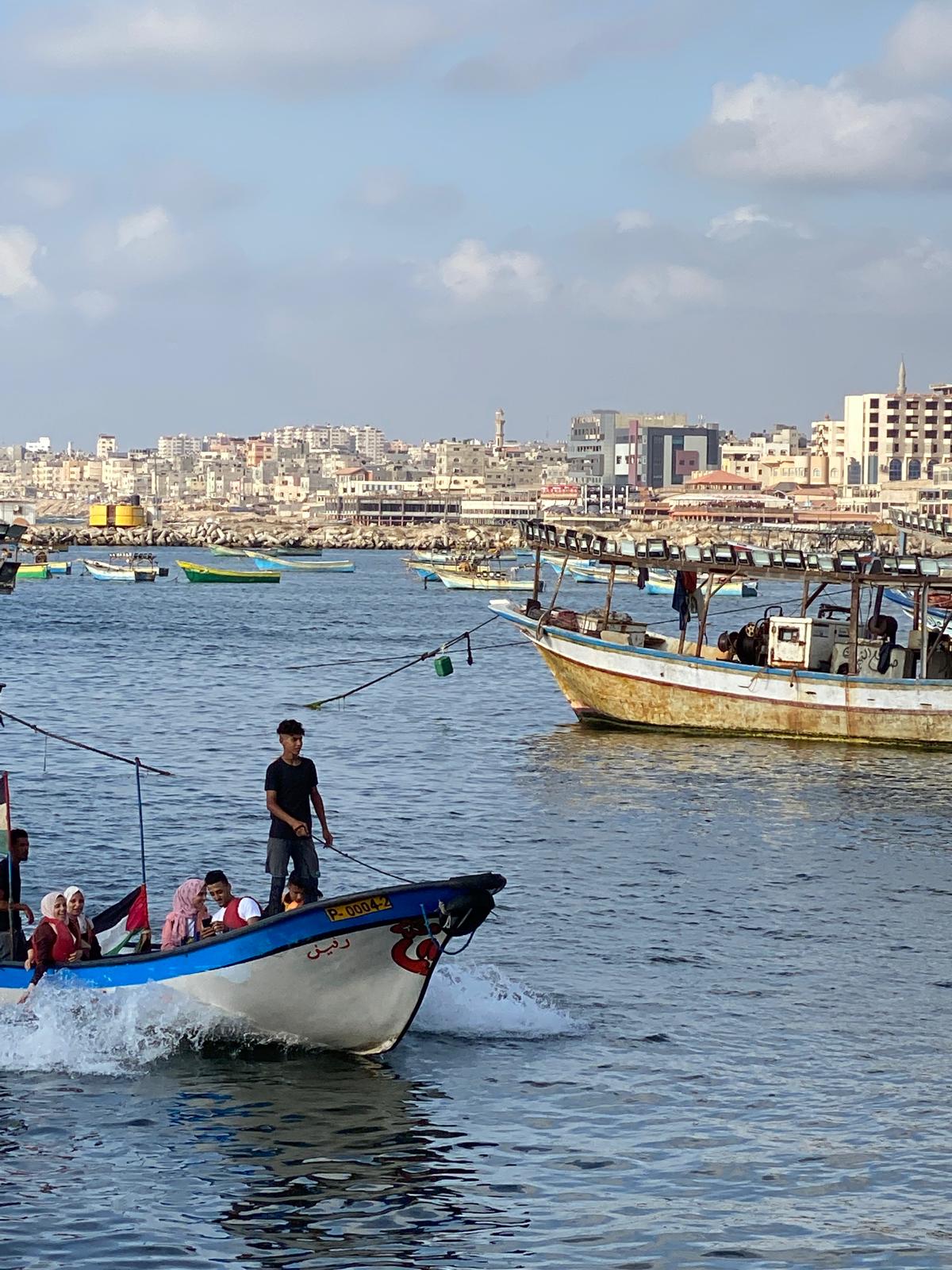
Locals won’t wait for all of that to be worked out over multiple years by many engineers, either, Chester points out: “You’re going to see locals who have more intimate knowledge of the system start hacking things to bring themselves services sooner rather than later.” Chester was on the ground in Puerto Rico shortly after the destruction of Hurricane Maria, and recalls “remote communities that were at the end of the list for the power company or transportation company to get them back online [who] basically hacked together services.” One group “set up an informal water infrastructure to bring water down from a mountain stream into the community of, like, 50 people. They rebuilt a bridge, not to any engineering standard whatsoever, but it was the one bridge that they needed to get in and out of their community. Nobody was coming in to help, and they said: We’re going to do it ourselves. And they happened to have something like four solar panels, so they put those solar panels up on a community building, and that was enough to, for example, charge phones and run a couple of refrigerators, which they could then share for communications, food storage, medicine storage.”
These innovative, temporary solutions to a permanent problem are inevitable and necessary — some water pipes have already been constructed in Gaza City by enterprising individuals. But they can also pose an extra issue for people seeking to rebuild permanent infrastructure in their place.
In a region that is likely to see continuing instability, it’s also important to give infrastructure experts the time and space to think creatively about how to rebuild, Chester adds: “When you have a system where it’s likely to experience serious hazards and threats — it could be Gaza and warfare, it could be hurricanes in Florida — it becomes really important to ask how you would do things differently when, not if, when the next disaster plays out.” In the U.S., there is an excessive focus on “efficiency, efficiency, efficiency,” he adds. But the infrastructure plans that most Americans adhere to were drawn up in a much less chaotic world. “Against the backdrop of an increasingly chaotic planet — whether it’s climate change, warfare, cyber-security [issues], cyber warfare, asymmetric warfare, even infrastructure disrepair,” the current accepted model is out-of-date and doesn’t necessarily speak to “how we need to govern our infrastructure to be able to respond to these challenges.”
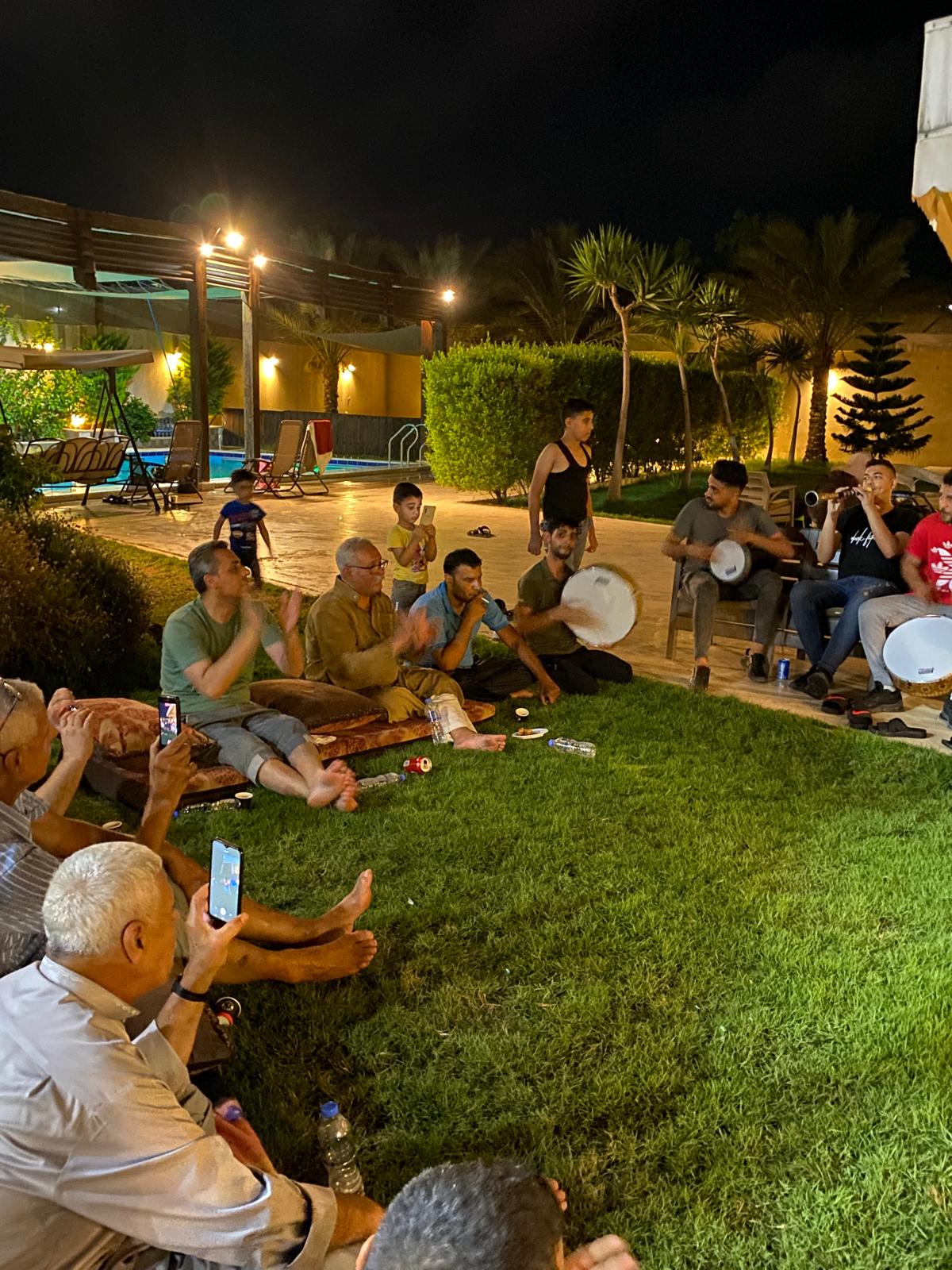
John, the diplomat, believes that the U.N. has a role to play in all this — but it can only contribute meaningfully if it changes its structure, which is just as outdated as the infrastructure model Chester describes. The best solution for the U.N. would be to “get rid of veto and re-evaluate the mandates of the U.N. to be more responsive to the people of the world, not the member states,” John believes. If the United Nations is to be a force for good, it can’t rely on politicians or diplomats having the best interests of their populations in mind. It now has to develop a new heuristic for how to address the needs of actual groups of people on the ground.
That’s especially pertinent to bear in mind when considering the example of Grozny in Chechnya. In 2005, the capital city of the separatist state was flattened by Russian bombardment — and subsequently described by the U.N. as “the most destroyed city on earth.” It was then reconstructed, over the following two years, by a Putin loyalist president. By 2007, the airport had reopened — with daily flights to Moscow — and an NPR journalist who visited in 2009 noted that there were hardly any destroyed buildings left. It was a stunning achievement. By 2012, the BBC described a city of “sushi bars, beauty parlors, skyscrapers” and a new mosque which was said to be the largest in Europe.
The political cost paid by the residents of Grozny for this rebuild, however, was grave. “As many here say, Grozny looks better than most Russian cities. But it feels like Big Brother is watching you,” wrote NPR reporter Gregory Feifer, who went on to interview people who professed their unwavering support for the president in public before saying in private: “Putin launched his war saying he'd kill us in our outhouses. Tens of thousands of us have been abducted, killed and have disappeared. And now we’re forced to say things we don’t believe.”
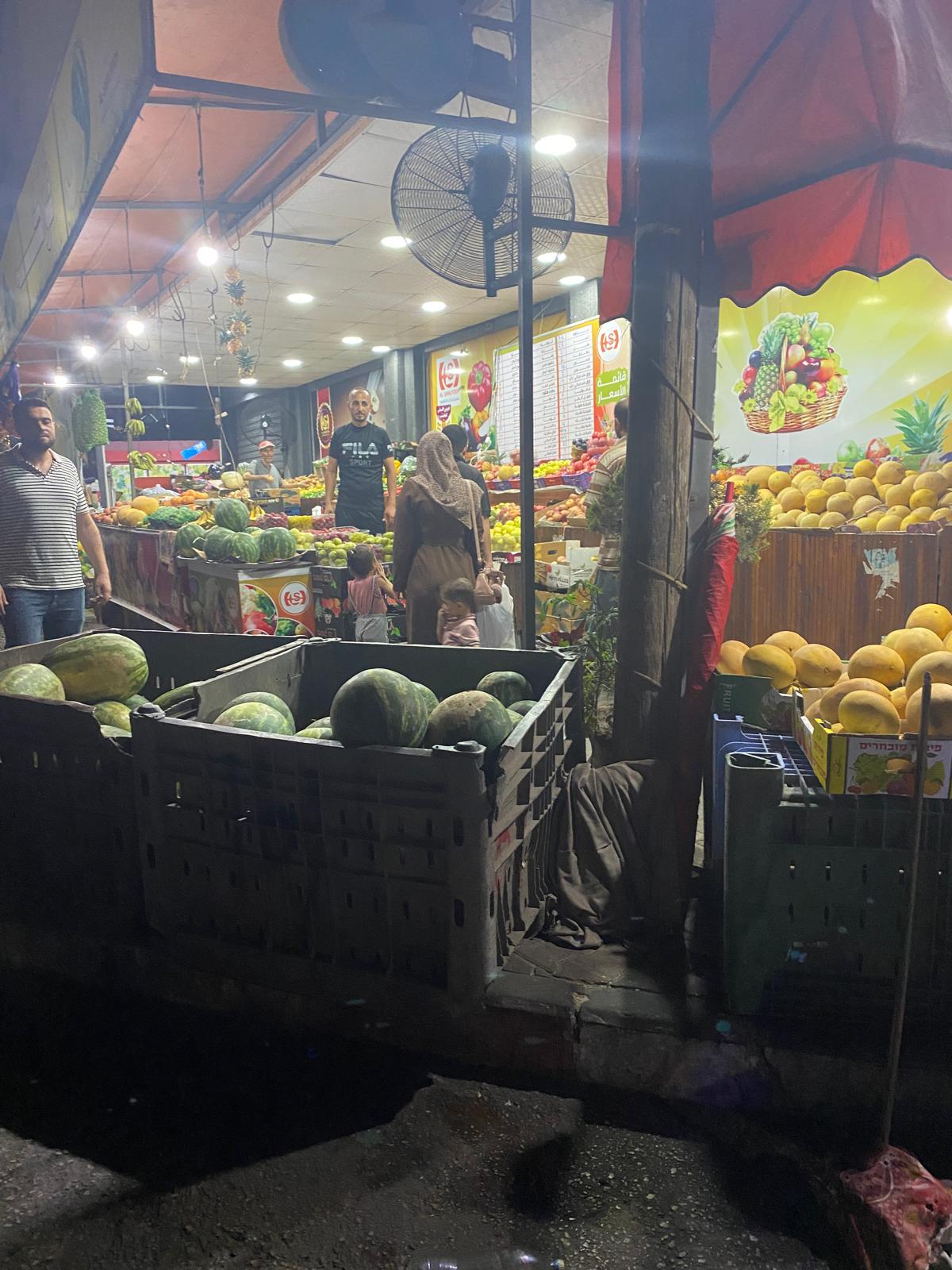
Few know the urgency of the situation on the ground in Gaza better than Dr. Thaer Ahmad, an emergency medicine physician based in Chicago who has spent over 15 years traveling back and forth to the region in order to provide humanitarian relief. During his first assignment, in 2009, he says he was mainly concerned with gravely ill people who needed to be transported outside of the Gaza Strip for specialist care unavailable in the region — pediatric oncology, advanced heart disease, urology and ophthalmology were top of the list. Applying to transfer those patients outside of Gaza and into East Jerusalem or the West Bank was a long and arduous process, as was applying to bring in medical supplies like spare parts for CT scanners and oxygen delivery systems. The spare parts had about a 70 percent denial rate by Israeli authorities, Ahmad estimates, while he says 68 percent of patients asking to be transferred out would be approved. But children and elderly patients with little mobility also needed to apply for a companion to travel with them — and the companions only had a 50 percent success rate, meaning that the patient many times wouldn’t end up traveling at all.
It was clear that hospitals and services needed to be built to a good standard inside Gaza in order to stop this situation from worsening. And Ahmad says that was happening. A multi-use interventional suite was built in Gaza’s largest hospital, Al-Shifa, by the Palestinian American Medical Association in August 2023, “and the idea was that you could do all sorts of these really specialized procedures there, like for strokes or heart attacks.” The expensive suite was given state-of-the-art machinery and equipment. Less than six months later, Ahmad says, it was “burned to a crisp”.
The corridors that doctors were relying on to transport out the most needy patients have all but disappeared. And now, physicians like Ahmad are trying to assess the damage to the remaining hospitals and medical centers from afar. “Now what we’re seeing is images of the ultrasound scanners, of the medical equipment, and they’re just riddled with bullets,” he says. “And for me, I know how hard it is to get those ultrasound machines in there, and you’re just like: Holy s**t, what are we supposed to do now? How are we supposed to get this back in? And then how many pregnant women are not going to be able to get ultrasounds during their pregnancy to see if the baby is healthy or that they’re in the right position when they’re close to delivery?”

Even if the machinery left is functional, Ahmad adds, it is under enormous strain: “In the north of Gaza, there is only one CT scanner, and right now it is doing 80 scans per day. And I work at one of the busiest hospitals in the United States, in Chicago, and we don’t do 80 scans per day. And the concern is the more that you’re using it, the more that you’ll need a repair or a spare part or software update, and one of the main concerns here is that that’s one of the most difficult things to be able to do, is to bring in a spare part for a CT scanner or an MRI machine.” Frankly, he says, “this is a recipe for disaster.”
The real-time treatment of wartime injuries obviously became harder as hospitals were destroyed during the war. But Ahmad now worries for those people who were able to access care but are living with amputations or other injuries that require regular physical therapy to be functional.
And then there are the fundamental health needs that have nothing to do with the war. “There are about 1,000 people in Gaza who have kidney failure, and they need dialysis three times a week,” Ahmad says. “And we know that if you look at all of Gaza in terms of dialysis machines, we’re not able to necessarily accommodate that.” Humanitarian organizations have been working round the clock to try and bring back dialysis machines, and “they’ve just passed the 100-person mark”. That fact alone “tells you that this [urgent but routine care] is a really tough thing to bring back. And that’s just kidney failure patients.” Ahmad pauses. “The reason I use that example is because if people don’t get the appropriate dialysis, they die. The toxins build up in their bloodstream and they die.” According to the National Kidney Foundation, a person with kidney failure who does not receive daily dialysis can only survive for a few days.
Even if all the equipment was returned tomorrow and the hospitals were rebuilt, Ahmad worries for the future of medical infrastructure in Gaza. The universities and centers for training have been destroyed, with hundreds of doctors killed in the line of duty and many others displaced. “Are we going to be able to graduate medical students?” he says. “Are they going to do some sort of telemedicine for the years that they’ll need to before they get into clinical experience? Are telecommunications going to be reliable? I mean, I really don’t know, but the task is so massive.”
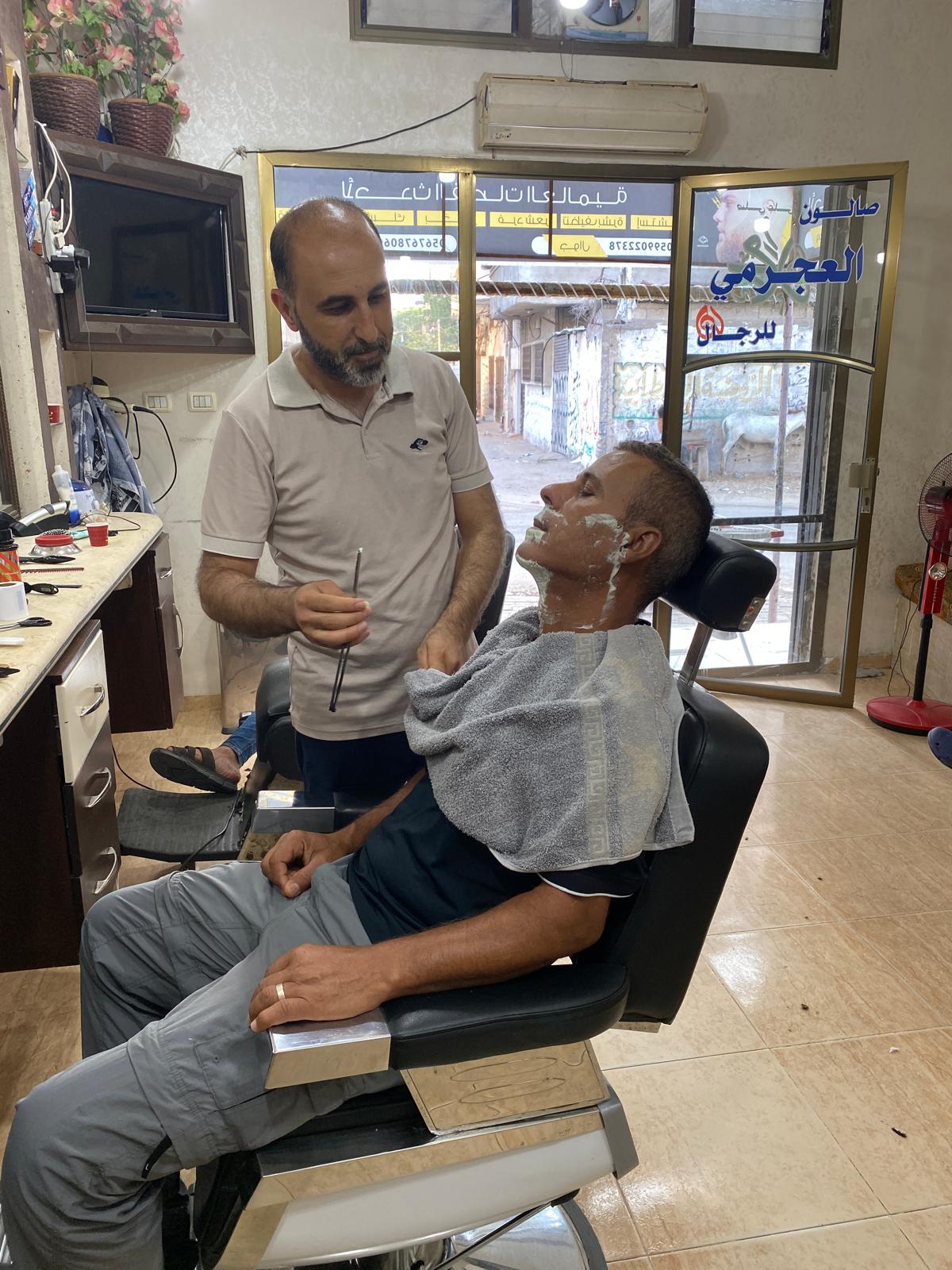
Laila ElHaddad lives in Maryland with her four children: three daughters and a son. She grew up in Kuwait, spending summers and winters in Gaza as her Palestinian mother took them back and forth from the territory. “I hated those trips as a child,” she remembers, “because we were strip-searched at the border. It was horrible.” Her earliest memories are of the First Intifada and its effects on Gaza: the curfews, the fact that nobody was allowed to raise a Palestinian flag or wear Palestinian colors, her brother hiding in the chicken coop from IDF soldiers arresting boys for throwing rocks at tanks.
These days, ElHaddad says she understands why her mother worked so hard to keep them connected to their heritage. Over the past 10 years, she has taken her children back to Gaza regularly, too — even though she is required to fly into Cairo, take an arduous journey across Egypt to the border, and then wait, sometimes for days, to be processed. Although she is an American citizen, ElHaddad is not allowed to use the easier border with Israel because she holds an Israeli-issued Palestinian ID card. And her husband — a talented Palestinian American eye surgeon at Johns Hopkins who grew up in the Wavel Palestinian refugee camp in Baalbeck, Lebanon — was never given the requisite ID card while living in the camp, so he can’t visit Gaza at all.
ElHaddad is pragmatic and straightforward, and she speaks with passion about her family’s Palestinian roots that, like Asfour’s, go back generations. She was thinking of moving to Gaza permanently in 2023, buoyed by reports from family that things were looking up. She didn’t end up going. Her last visit was in 2019, and her photos from that trip are bursting with color and joy: in them, she drinks shots of fresh olive oil, samples falafel, strolls along the beach promenade with her daughter, poses in front of date palms, and sits on a Roman pillar outside the historic Omari Mosque in the Old City of Gaza.
There is, of course, a poignancy to these photos. The mosque and the Roman ruins were destroyed early in the war. The flagship falafel and hummus restaurant is now rubble. The big, red “I Love Gaza” sign on the promenade that her toddler daughter grins in front of was smashed to pieces by bombs, as were most of the palm trees. Many cultural relics of historical significance are also gone — museums with thousand-year artefacts, Turkish baths, sites of religious worship and of community gathering.
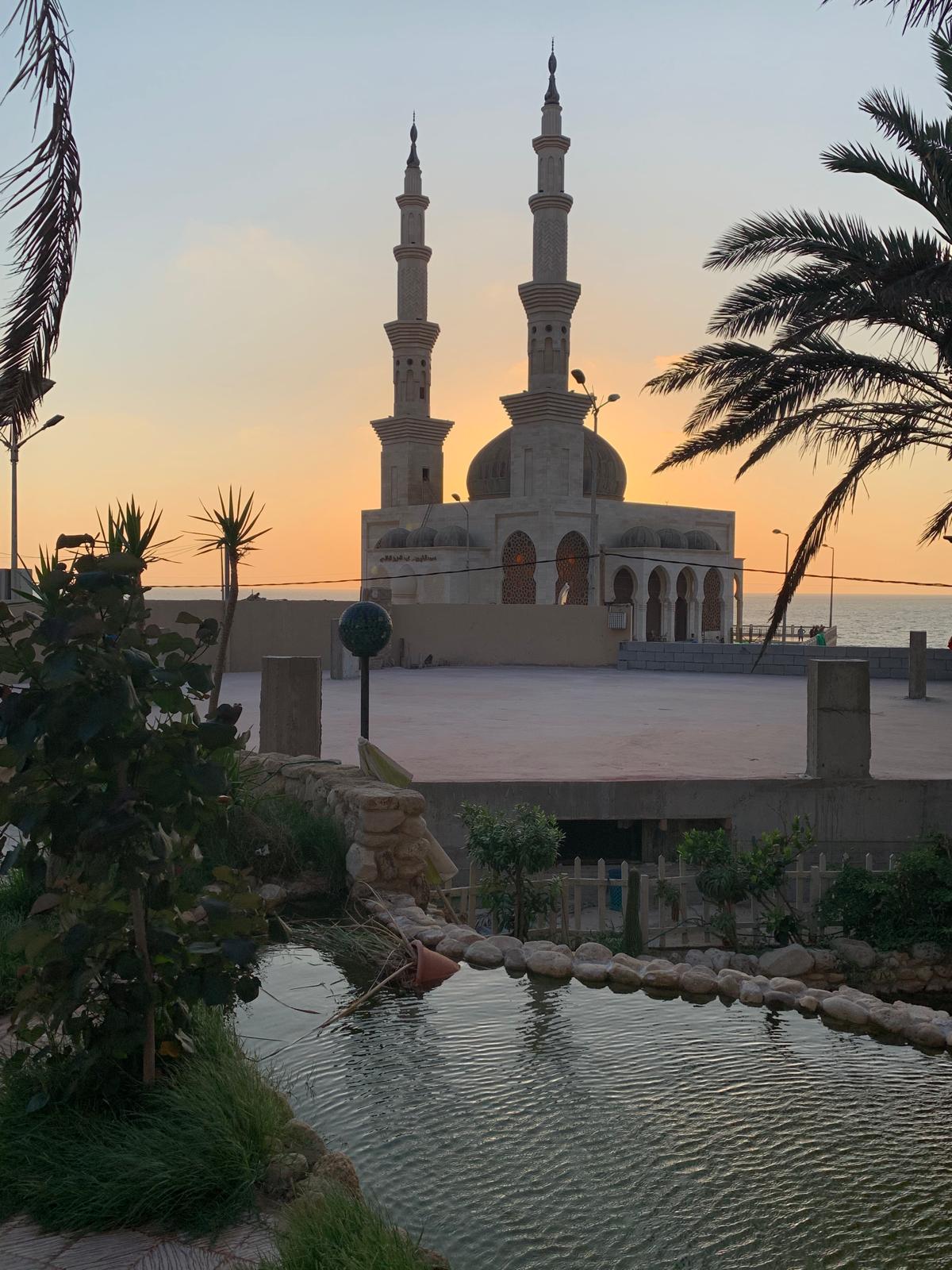
During the 15 months of war, it seemed like bad news about people and places ElHaddad cared about would come in every day. But then, all of a sudden, some good news: as the first stage of the ceasefire got underway, she heard that her favorite ice cream store was somehow still standing. Not only that, but it was fully operational.
“It’s a little place on the corner of the street,” she says. “And even though a lot of modern, fancy ice cream places opened, everybody likes to go to that one… It only has, like, three flavors, and these yellow slushies that are very popular in Gaza. And then in the winter, they serve what they’re serving now, which is kind of a milky pudding, thickened with the root of a flower, with some nuts and cinnamon on top.”
ElHaddad is still reckoning with the loss of so many of her favorite places — in a group conversation, she tells her friend Abed Ajrami that she’s jealous he managed to visit them in the summer of 2022. Ajrami and ElHaddad met in a Whatsapp group for Gazan Americans that grew throughout the war between Israel and Hamas, connecting people across the US who were desperate for news about their friends, their relatives and their towns during an information blackout. Ajrami — a beaming, positive force of a person who is charismatic, thoughtful and quick to laugh — often goes by Abe these days. He has a beautiful house on a lake in the US, he says. His children are born-and-bred Americans. When he visited Gaza in 2022, he was surprised: “The supermarkets looked great, the beaches and the buildings — everything was alive and bustling.” He was so taken aback by the modernity of the grocery stores that he FaceTimed a European friend to show him. It was a memorable trip: Ajrami shared large meals with family and friends on the beach while children in inflatables played on the shoreline and watched live music on the grass around swimming pools, surrounded by greenery, on nice evenings.
A year and a half later, Ajrami received photographs of the remains of his multi-storey family home, which had been leveled in an airstrike. “In Gaza, buildings go upwards,” he says, “because the area is so densely populated. That’s why entire generations of families were wiped out [during the war] — the usual thing is when you get married, you build upwards and have another floor on top of your parents’ house, and so on.” His family had one of these such buildings. When his Gaza-based nephew returned to their home to see the pile of rubble for himself, his reaction was “extreme,” says Ajrami. He was totally disoriented and simply stood in shock, staring at the destruction. Seeing it on a photograph was one thing; experiencing the complete annihilation of his home was another.
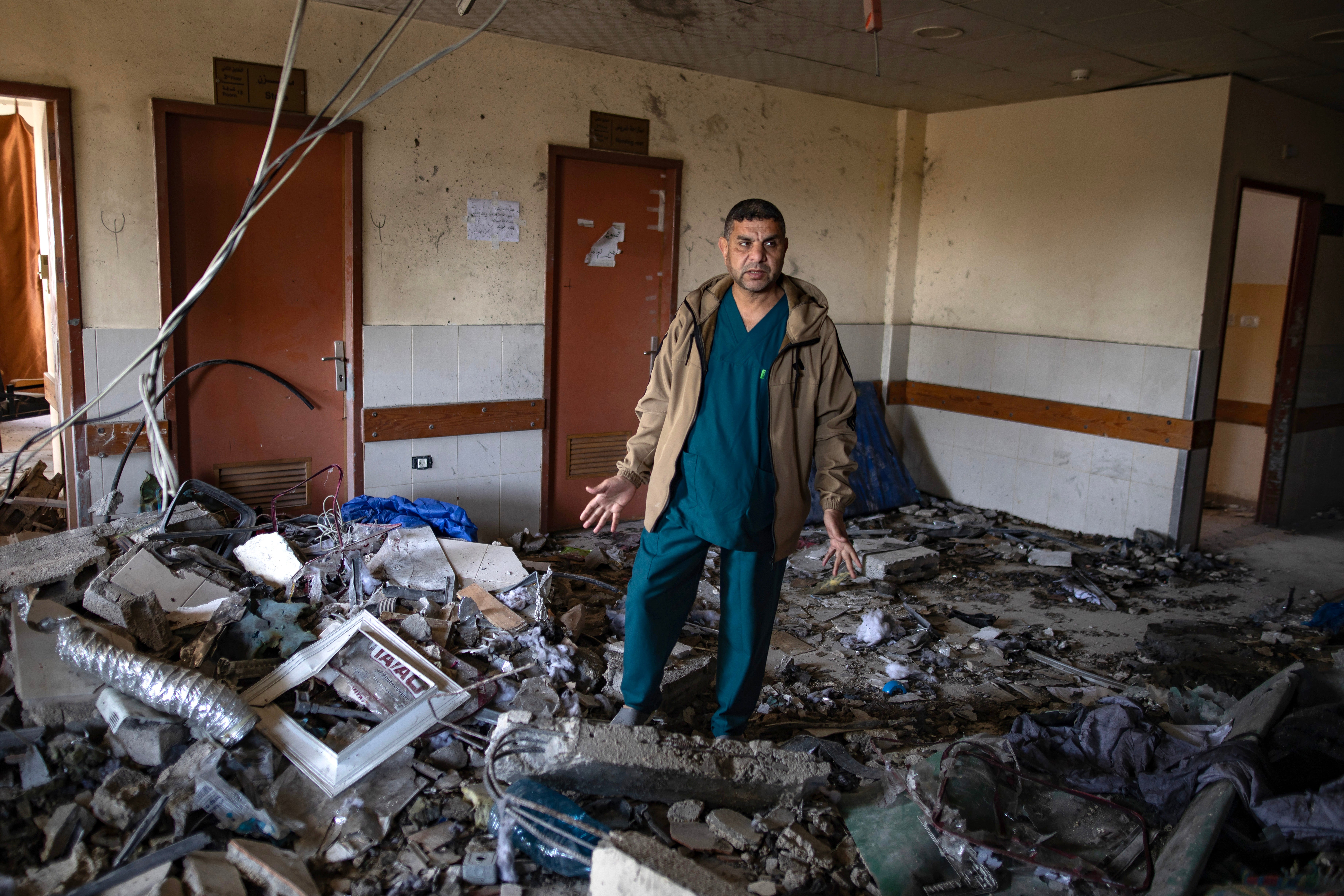
Like Mikhail Chester, Dr. Thaer Ahmad underlines the need for the rebuilding to be done by local people. “It needs to be led by Palestinians on the ground,” he says, “... I’m sorry, but I don’t have a lot of confidence in a bunch of international NGOs showing up, each trying to carve out their own piece, put their branding on it and expect them to be there for the long haul and not understand that ultimately, that is sort of meaningless. The second you lose funding, or the second you get distracted with something else, the people there will suffer.”
There’s been a lot of talk of “thinking outside the box” when it comes to Gaza, Ahmad adds. It’s a phrase that sounds flippant, especially when deployed by politicians, but, he says: “All right, hold that thought for a second. Think outside the box. The way [politicians are] thinking right now is pretty stupid, but there’s a chance now to move away from all of the mistakes of the past.”
“I think the responsibility for us as Americans here is: this is one of the worst things that we’ve seen since World War Two, with respect to the human suffering that’s taken place,” he says. “There’s a chance now for us to at least do something different and not try to repeat the same mistakes that we’ve done in the past. And I think there’s a small opportunity — I’m not optimistic, but for me, as somebody who is very much pragmatic, and many Palestinians are — I want to use this as a chance to bring some good out of it.”
Sahar Abuimara, who spent most of her life in Gaza and recently moved to the U.S., tells me that she couldn’t face going back to see the rubble of the school where her mother spent her career teaching. Sahar’s sister wanted to see what had happened for herself. She says she told her sister that she’d rather avert her eyes. For many who are still processing what they’ve lost, trying to imagine how to rebuild from the ruins will take its own psychological toll.
Abed Ajrami knows that, despite their firm attachment to the land, some Gazans will end up leaving in order to live more normal lives. But that shouldn’t be seen as them leaving “voluntarily,” he says. “You cannot bomb people, destroy their homes, destroy the infrastructure, prevent the food supplies and rebuilding supplies from coming in, and then you say: Well, what do you think, we can get you a ticket and a visa to Europe to Oman or to Cairo?” Gazans are not “superhumans,” he adds. They are just as likely as anyone else to flee in pursuit of a better life for their families.
Ajrami and Thaer Ahmad agree on one thing: the rebuilding may be complex, but the needs of the Palestinian people can be understood simply. “Everybody wants a chance at life,” Ahmad continues. “Everybody wants their kids to grow old. Everybody wants them to be able to graduate from high school and college, and watch them do so, and not have to worry about fighter jets or bombs or abductions. To me, the quicker that you can realize that is the quicker that you’re going to have real peace. And real peace is only through coexistence.”
Ajrami hopes to see Gaza rebuilt to a standard even better than it was before — and he believes it can be done, because of the level of expertise of Palestinians, so long as they’re not sidelined during the redevelopment of the land. After all, he says, “it’s the Palestinian construction worker who built the high-rises of Tel Aviv.” A combination of cheap and abundant labor and specialized technical knowledge means that many construction workers who helped build up modern Israel came from the Palestinian territories. Ajrami compares it to the huge number of Hispanic construction workers who construct the buildings in the U.S., adding that it was just the same when he commissioned his beautiful American house on the lake.
“The point is that we have the expertise,” Ajrami adds. “We built Tel Aviv and we built Haifa and other places. We rebuilt Gaza multiple times. We can do it again — if we’re given the chance and the materials to do it.”
Join our commenting forum
Join thought-provoking conversations, follow other Independent readers and see their replies
Comments